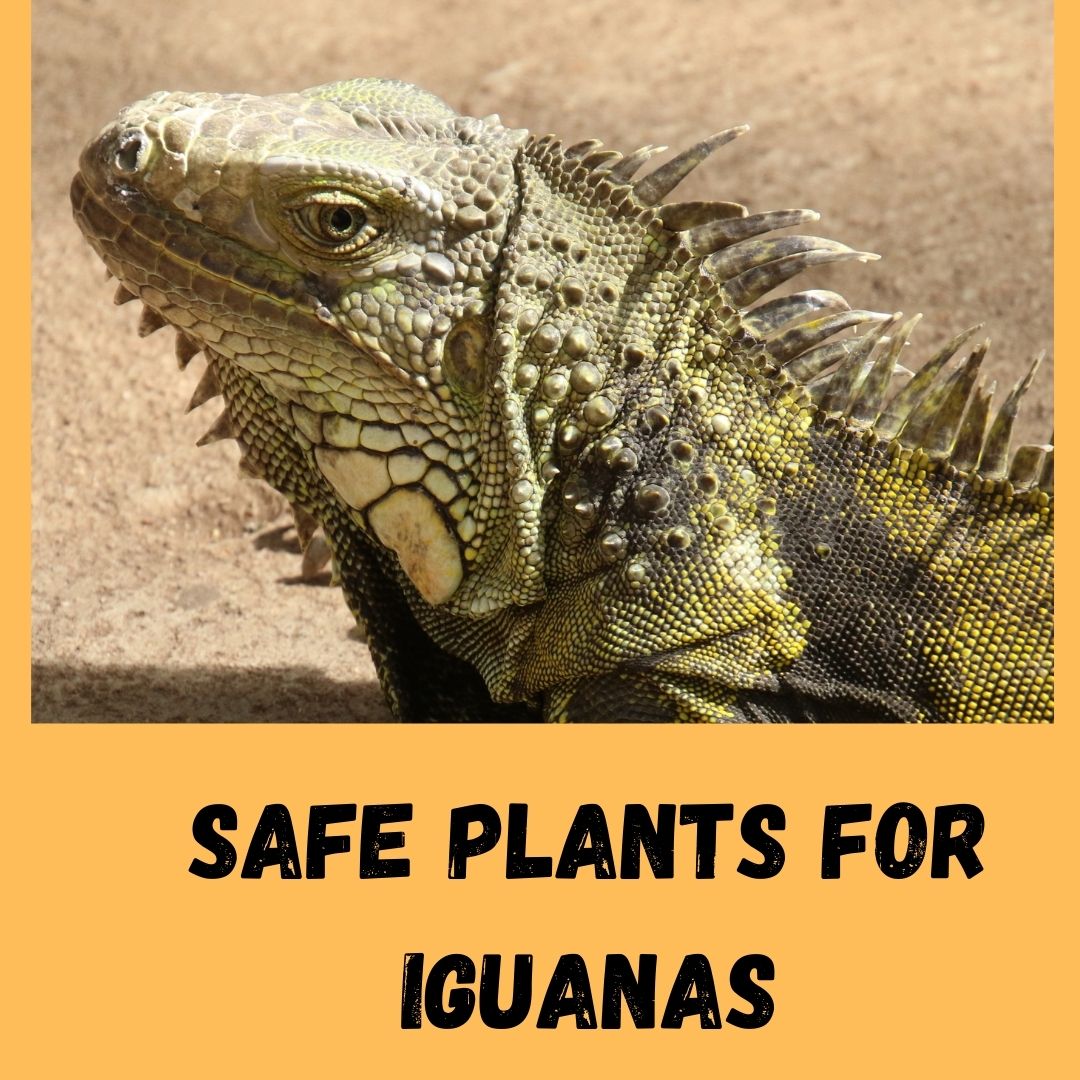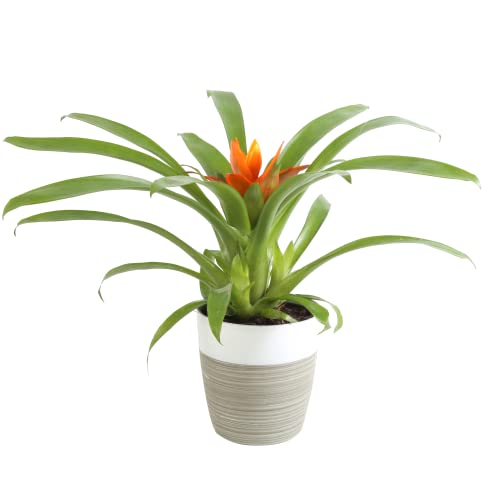Iguanas are extremely popular on Pet due to their ease of taking care of them. If you’re considering getting one or creating their enclosure, you may need to consider adding a substrate and plants.
There’s plenty of room in their section, which requires some decor and equipment. In this article, we will look at the best plants for Iguana tanks or 7 Safe Plants For Iguana Enclosure.
Always make sure you have a secure plan to beautify the space around the corners within the tank. Also, you must ensure that every part of the plant isn’t a danger to injury to your Iguana due to its sharpness as time passes. We’ll first understand the importance of plants to Iguana.
Post Contents
5 Reasons Why Plants Are Important For Iguanas?
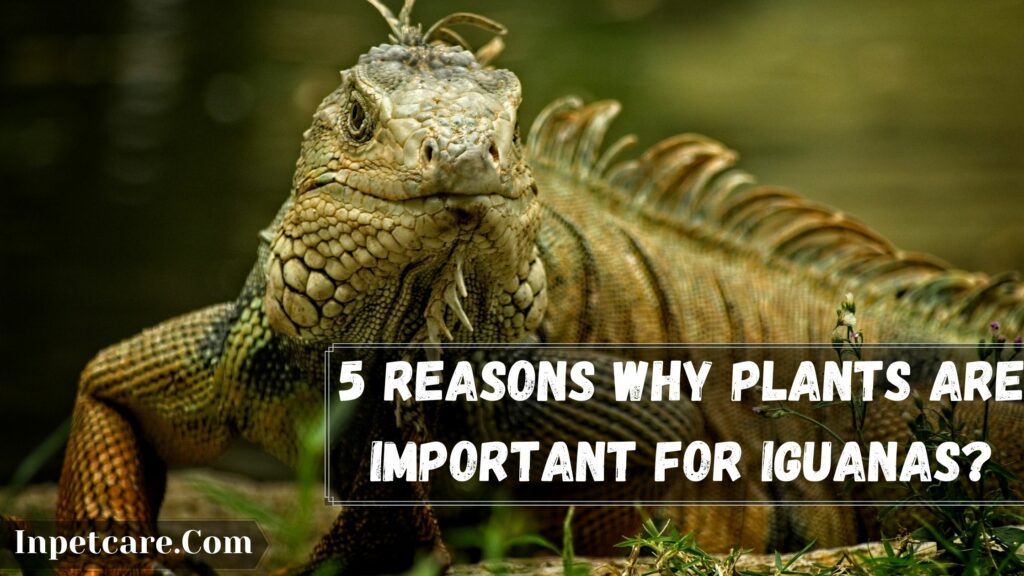
The plants aren’t just used for adorning a tank of iguanas, but iguanas are also known to consume the plants. Be sure to select suitable plants for iguanas and don’t pose any dangers to their wellbeing.
Choosing the right plant-based on your lizard’s nature is essential. Install at least one taller plant or two within their tanks to climb. Here are five main reasons why they are crucial for Iguana.
- Shading. The presence of plants in their tank is not only an enclosure but also shading to control their body temperature.
- Food. The plants are used as shelters and serve as food sources. Iguana will not be afraid to consume some leaves or grasses placed on them, particularly in times of hunger.
- Perches. The plants are commonly utilized in reptile vivariums for perches, mainly when the lizards hunt for prey from a high point. Iguanas can use the same plant and serve as a place to sleep.
- Hidings. Plants provide plenty of hiding spots for your Iguana. Iguanas are very private and are always looking for.
- Cleans airborne pollutants. The plants act as shelters and hides, but they also absorb airborne contaminants in their tanks.
Certain plants are also efficient enough to absorb waste that may accumulate in the corner of the Iguana through barium. The cage should be stocked with plants. It will improve the quality of air for the lizard and you. Lizard.
7 Safe Plants For Iguana Enclosure
1. Echeveria (Echeveria spp.)
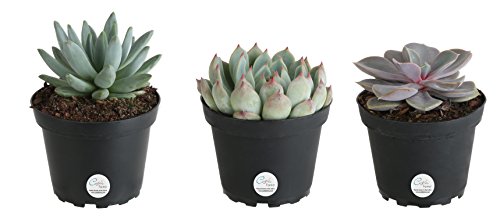
As with its subspecies, Echeveria species are native to the arid region. There are more than 150 known species of Echeveria plants. These plants are native to the United States and thought safe for Iguanas.
In addition, gardeners and botanists have developed a variety of cultivars and hybrids that provide numerous options for reptile owners to pick from. These plants are known to thrive in reptile vivarium.
Sincere, I find this plant to be among the most important plants that are not only safe for your Iguana but also edible if they nibble. In addition, having excessive amounts of these leaves won’t alter the way health of your pet’s Iguana.
2. Ficus
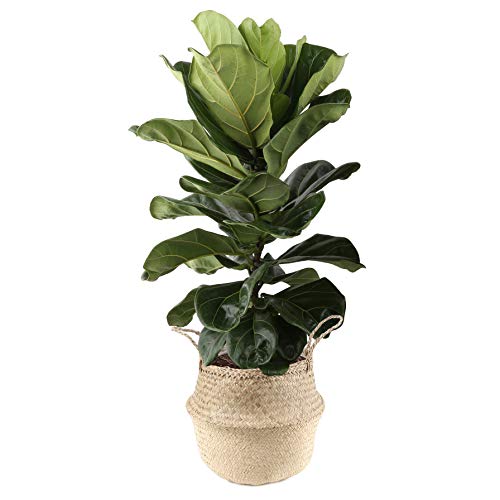
In the top list of plants that can be safely placed in an iguana aquarium, Ficus plants are most likely the most popular. Ficus plants can also sprout directly from cuttings, so it’s unnecessary to plant them again.
Iguanas can also eat the plant, allowing you to grow them wherever they will have easy access in the enclosure. Reptiles, like iguanas, have been observed eating leaves from these plants in the wild.
3. Aloe Plants (Aloe vera)
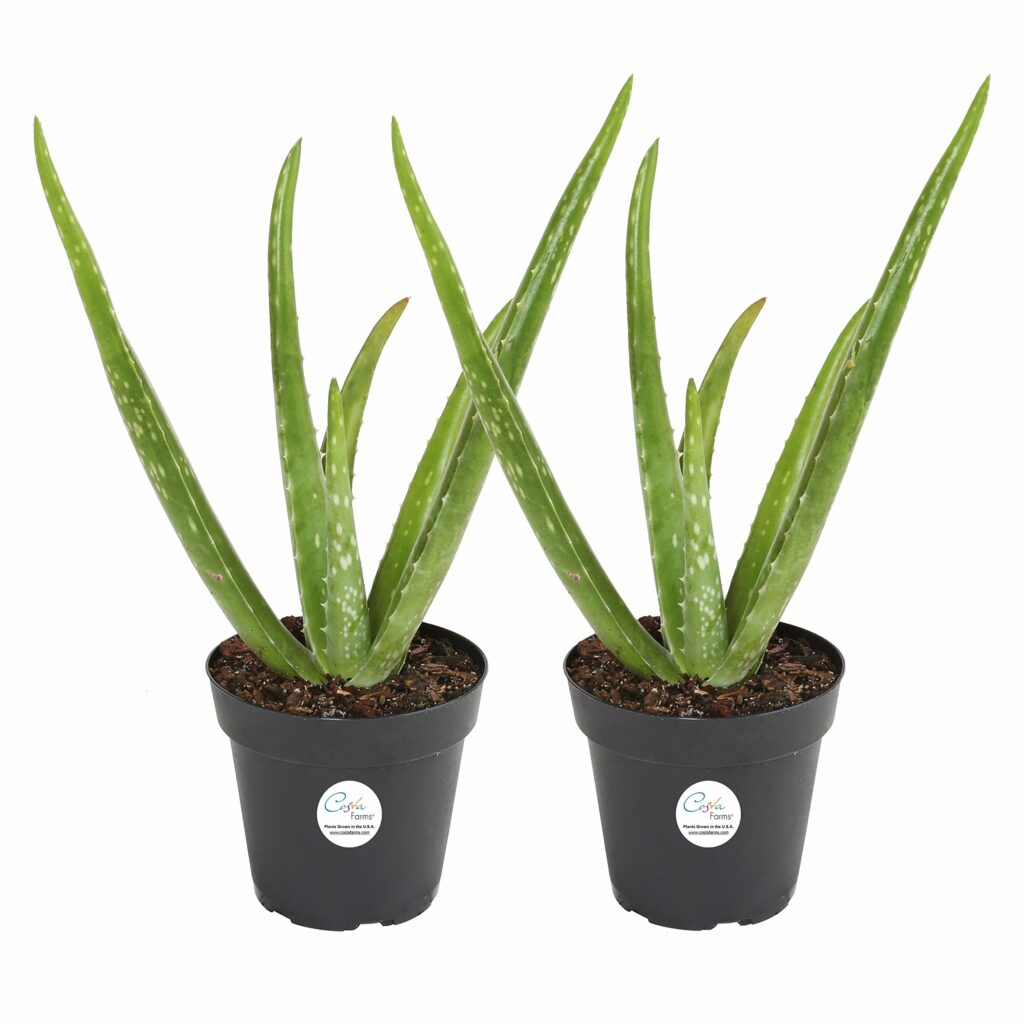
Aloe vera plant is the most significant plant and herb used by humans. However, it also offers fantastic benefits and is an excellent enrichment of an iguana’s natural habitat. The aloe plant originated in arid areas in the Indian Ocean.
Over time, the aloe plant was introduced and spread across the globe. There is a variety of aloe vera you can pick from. According to Wikipedia, Aloe vera is home to more than 500 species described.
It is important to pick wisely as certain kinds of aloe have been known to be large, similar to trees. Always choose the bonsai variant of aloe vera plants or smaller ones. Aloe vera plants are very spiky, but it’s not likely to create problems for pets. Iguana.
4. Jade Plant (Portulacaria afra)
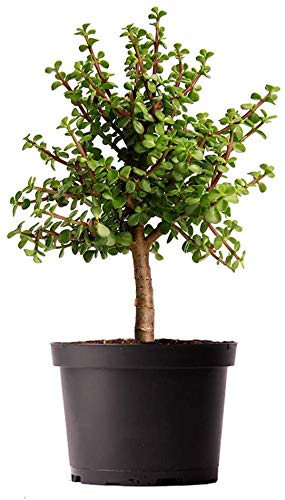
Another option for Aloe Vera is Jade plants that grow in virtually any condition. Jade plants are excellent for Iguana Ticks since they don’t require much sunlight.
You could even put Jade plants in the back of an enclosure for iguanas in areas where they are more likely to get sufficient sunlight. Additionally, the Jade plant is straightforward to maintain and requires minimal maintenance.
Jade plants are edible to Iguana, and the shiny and green leaves of the plants will always draw the Iguana to have a nip. Many people have been using these plants as ornamental plants in their gardens or reptiles’ habitats.
It is important to pick carefully, as some varieties or species of jade plants are believed to be moderately toxic to lizards such as Iguana. Be sure to purchase a suitable array of Jade plants to fill your tank with lizards. Jade is perfect for vivariums that require only minimal maintenance and disturbances as a slow-growing plant.
5. Basil (Ocimum basilicum)
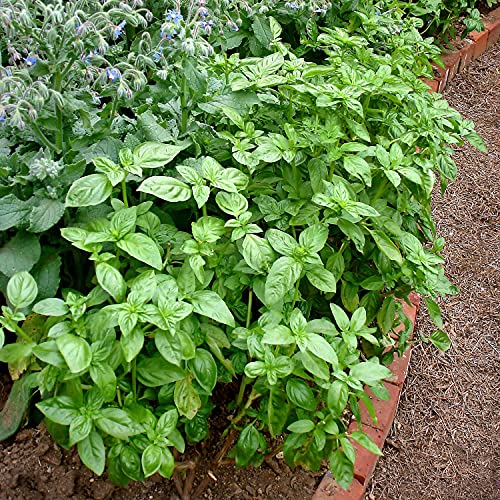
Since they are native to the humid regions in South East Asia, basil plants aren’t accustomed to adapting to wet roots well. It is essential to select and set up the tank with substrates that permit quick drainage to provide enough water for basil to survive.
We’ve all heard that basil plants thrive in an outdoor setting. But, it’s also suitable for indoor enclosures for Iguana. It is essential to know that these plants require high-quality lighting and proper care when you choose.
The basil plants will thrive in a section, particularly Iguanas in vivariums. They thrive best in warm environments. As your tank will be in a humid climate, plants like basil are perfect additions to this tank.
Basil leaves can be delicious, and with there is no doubt that iguanas won’t be reluctant to devour it whole. Because it is non-toxic, Iguana consumes it, which basil plants can. The greatest danger of the basil plants within the tank is the Iguanas themselves.
6. Bromeliads
If you go out in nature, you’ll see iguanas basking and resting in bushes and trees. They also are seen under leaves to guard against. I’m not sure if you’re aware or not; however, iguanas are recognized for chewing on dead branches and their leaves.
So, these two traits of Iguana make Bromeliads an extremely suitable option to include in their surroundings. The plant is likely to have a lot of dead and bark leaf material in your surroundings.
7. Oregano (Origanum vulgare)
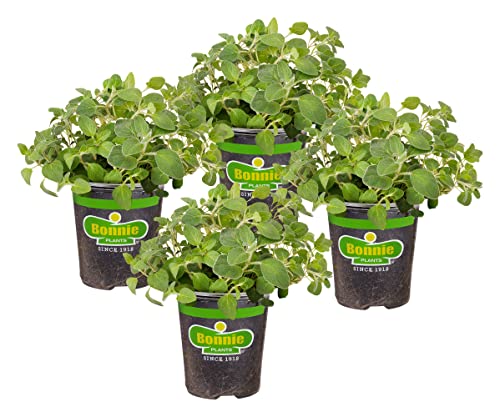
Oregano is considered to be healthy and safe for an Iguana tank. But, Iguanas do not seem to be very attracted to oregano since it tastes like medicine. Oregano is a plant, and it is always a good idea to put it within an Iguana enclosure.
Since it is native to Europe and Western Asia’s Mediterranean area, these plants require a warm and dry climate. If your Iguana cage is well-equipped with substates or soils that offer excellent drainage, it is possible to keep oregano in your tank.
Oregano requires a well-drained soil or substrate to thrive. As a pretty small plant, the origin of oregano is well-known for its ability to grow three feet the height when it is planted outside. Oregano grown indoors will always be smaller and most suitable for the Iguana tank.
9 Toxic Plants for Iguanas
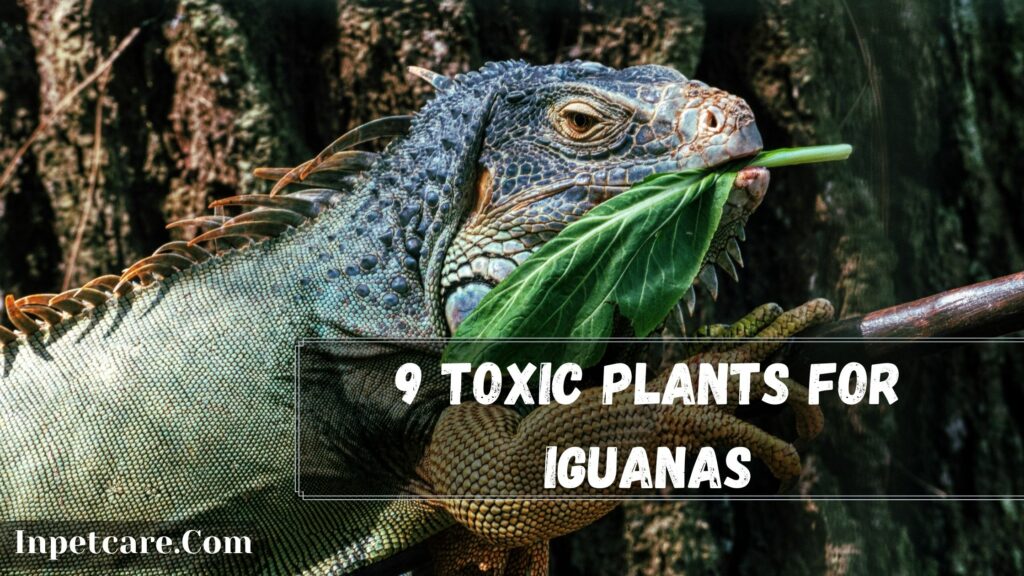
- Anthurium
- English Ivy
- Daffodil
- Poison Ivy
- Poison oak
- Sweet pea
- Rubber Plant
- Wild Daffodil
- Shamrock Plant
Interesting Further Reading
Conclusion
Be aware that certain plants could be harmful to your reptiles. The plants listed in this article are safe, making them an excellent option for any reptile terrarium. You can pick any plants listed above to beautify your iguanas’ vivarium.
If you are considering a plant for your vivarium or placing it on the tank, consider the state of your house, the amount of time you can spend caring for the plants, and the level of care that the plant requires.
The majority of plants require lighting, but not all kinds of lighting are appropriate for this particular plant. The plant’s growth in a light bulb environment can affect how it develops. Avoid humidifying your plants as it could cause problems.
The nocturnal plants have a particular temperature required to thrive indoors. So, make sure you choose the Hardy plants in your Iguana’s enclosure that require the appropriate temperature for iguanas.
I hope I’ve done my best to provide you with the best advice regarding the seven best safe plants for Iguanas. If you find this helpful article, you should share it with others.
A single share could help some or all of us to fix their Iguana tank configuration. Most likely, someone has installed toxic plants on Iguana, which must be dealt with at the earliest time possible. Follow us on social media

94% of pet owners say their animal pal makes them smile more than once a day. In 2007, I realized that I was made for saving Animals. My father is a Vet, and I think every pet deserves one. I started this blog, “InPetCare”, in 2019 with my father to enlighten a wider audience.
